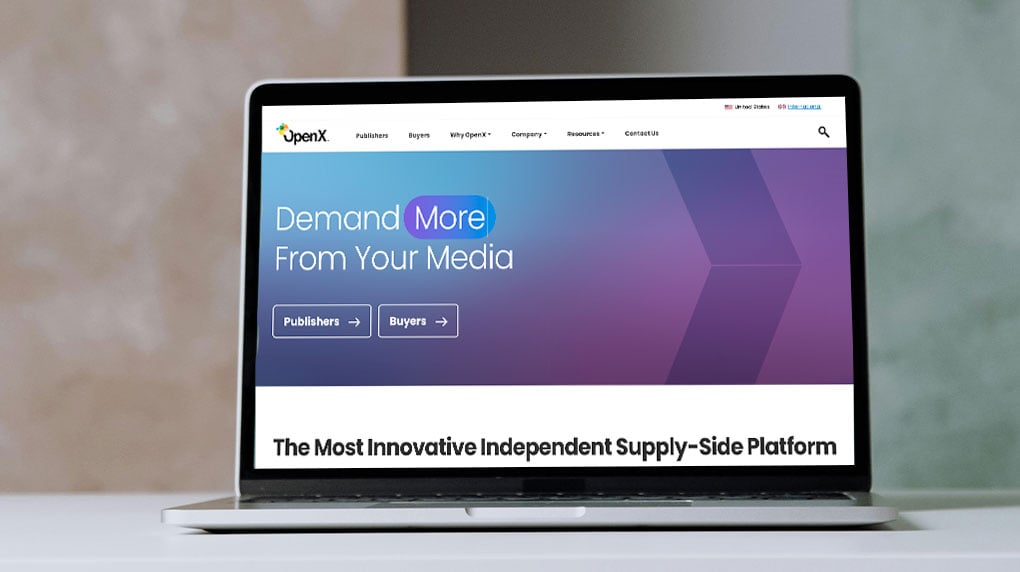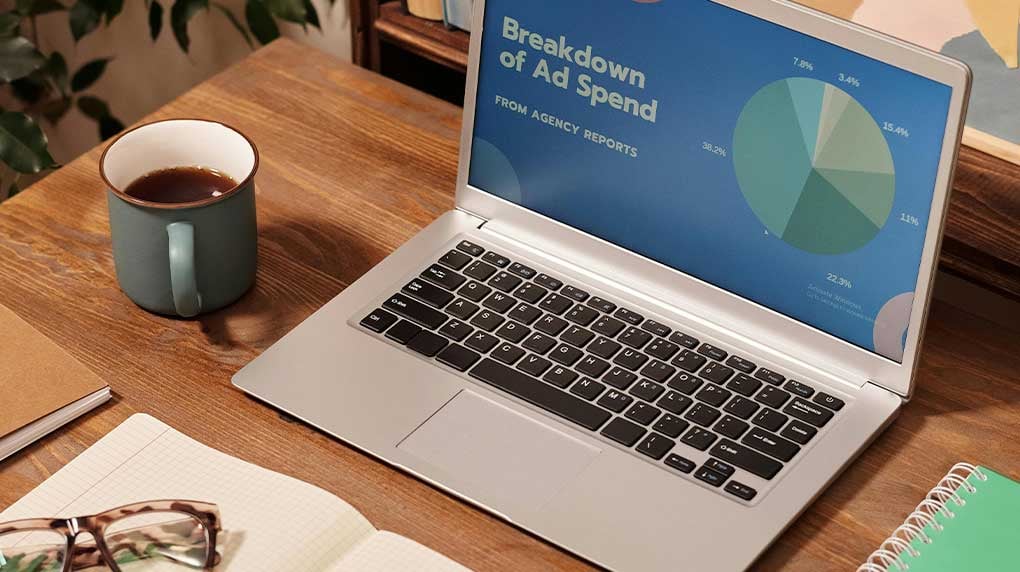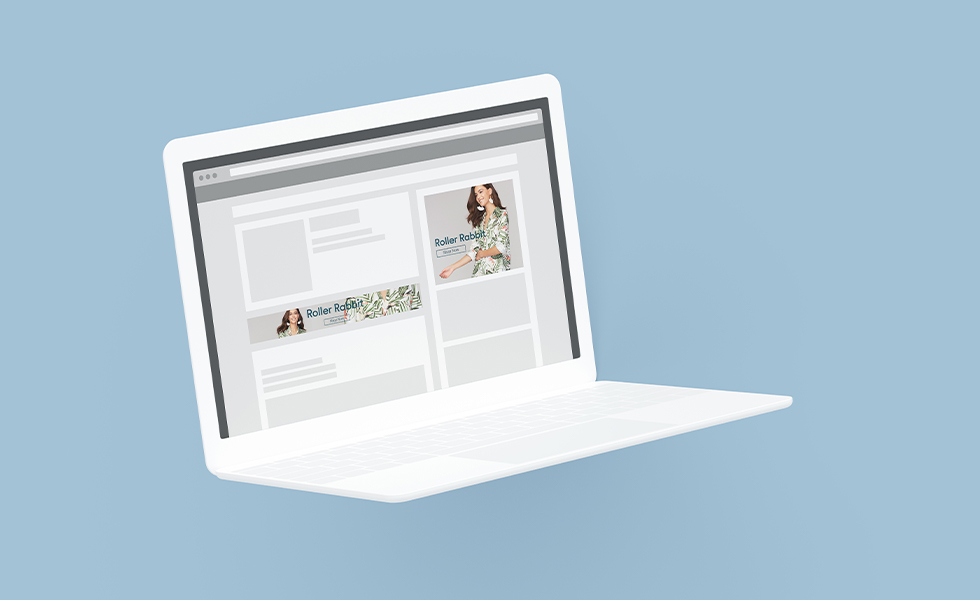
Programmatic display advertising has transformed the landscape of digital marketing. It offers advertisers and publishers a better way to buy and sell digital ad spaces.
But, being the brilliant marketer you are, you already know all of this. What you might not know, however, are the advanced strategies you can take to better your bottom line.
Here, we’ll cover:
What is programmatic display advertising? ‘Programmatic advertising’ is an advertising system involving automated buying and selling of digital ad inventory using real-time bidding technology. This allows advertisers to target specific audiences efficiently. The ‘display’ in the title refers to the format of how the ads appear. Discover the role of programmatic ads in modern digital advertising here.
Is Google display programmatic? The short answer is yes, Google display ads are a type of programmatic advertising. Google offers programmatic ads through the Google Display Network (GDN). While Google’s the big dog at the park, there are other platforms you can access. Try Xandr, OpenX, and Rubicon.

Interested in other forms of digital advertising? Try DOOH advertising for a creative spin on digital.
Programmatic advertising offers a time- and cost-effective way for advertisers to win the best ad impressions at the best possible price for their target audience and campaign goals.
It’s a win-win for both publishers (who automatically fill ad inventory) and advertisers. Traditional media buying, on the other hand, involves complex and time-consuming manual labor. Programmatic advertising differs from traditional digital media buying in a few key ways:
Interested in starting a programmatic advertising campaign? Let's dive into goal and budget setting, choosing ad types, selecting a platform, picking the right tools, refining targeting parameters, monitoring and optimizing your campaign, and more!

If you’re a B2B brand, be sure to check out the best practices for B2B programmatic advertising.
In short, yes. Programmatic ads are cost-effective when they’re implemented and managed right. This cost savings is especially apparent when you consider all of the time and effort you save through automation.
You can get an incredible ROI when following paid media best practices. Programmatic advertising provides detailed performance metrics and analytics, so everything can be measured. You can analyze your data to identify which aspects of your campaigns are driving results, then make data-driven decisions to improve your paid media ROI.
If you're looking for more help regarding budgeting, read our article on budgeting media buying costs for better ROI.
To be the best of the best in programmatic marketing, you need three things:
This section will help you out with number 3 on the list. That being said, having a programmatic expert (cough cough, like Major Tom) on your team can help you navigate the complexities and challenges of programmatic platforms for optimal ad performance.
It’s time to dive into future industry trends and advanced strategies and solidify your place at the top of the programmatic advertising food chain.
Here are some key tactics and considerations you can take to help you with advanced programmatic strategies.
DCO is a powerful tool that allows advertisers to dynamically personalize ad creative based on user data and behavior in real-time. It rapidly creates iterations of an ad using the same base creative, while customizing ad elements based on audiences, context and past performance.
The results are ads custom-built for a specific audience at a precise moment in time. It’s a highly engaging and personalized ad experience. Data and automation to deliver the right message to the right person at the right time.

While A/B testing is nothing new, you can always refine and build advanced A/B testing infrastructure.
Be sure to analyze your data to determine winning ad variations. Then, you can make data-driven decisions to optimize your campaign performance. Test different creative elements, messaging, and targeting options for refinement.
Programmatic direct allows advertisers to buy ad inventory directly from publishers, bypassing ad exchanges. Private marketplaces offer a controlled and exclusive environment for buying ad inventory.
These strategies may provide more control, transparency, and exclusivity in programmatic campaigns. As an advertiser, it gives you access to premium inventory and enhances your advertising impact.
Third-party cookies have been on the chopping block for some time. With their impending doom, contextual targeting has stepped up as an alternative. Contextual signals like content topics, page categories, and lookalike audiences can be used to group audiences. In tandem with other targeting strategies, contextual tactics can be effective.
Programmatic advertising is shifting towards an omnichannel strategy involving various platforms and devices. Advertisers can reach audiences across desktop, mobile, out-of-home (OOH), social media, connected TV (CTV), and more.
The integration of these channels allows for better campaign crafting, promotion, and optimization across all channels automatically and in real-time.
AI and machine learning play a crucial role in advanced programmatic advertising. Predictive AI enhances ad targeting accuracy, enabling advertisers to identify high-potential users with precision.
AI-driven programmatic advertising optimizes ad delivery and personalization at a granular level, improving performance and scalability.
AI’s had a profound impact on programmatic ads. Currently, it plays a role in enhancing targeting, personalization, segmentation, bid optimization, and fraud detection, among other areas. Notably, features like DCO benefit greatly from AI’s capabilities.

You can expect AI to continue to advance the industry, probably in ways we can’t even yet imagine. But to give it our best shot, here are some future AI trend predictions for programmatic display ads.
AI will be used to get granular and specific when predicting user behavior and ad performance. Conversion predictions and ad optimization will reach new heights.
AI algorithms will continue to improve real-time decision-making. Advertisers will benefit from AI's ability to make split-second decisions on ad placements, bids, and creative variations to reach campaign goals better.
AI-driven programmatic advertising will increasingly integrate with channels and platforms, creating seamless omnichannel campaigns. Advertisers will leverage AI to optimize budget allocation and messaging across multiple touchpoints, including mobile, social media, connected TV, and more.
AI-powered tools and technologies will further assist in ad creative generation. Advertisers already use AI to generate ad copy, design visuals, and create video content, but this process will be more accurate, easy, and efficient in the future. This process will also be more knowledgeable on how to deliver relevant creative to specific target audiences.
AI will provide more advanced attribution models, helping advertisers understand the customer journey on a granular, hyper-specific level. It will accurately attribute conversions to various touchpoints and marketing channels, enabling a more effective allocation of resources.
Be prepared to be able to talk to your advertisements in the future. AI-driven programmatic display will likely extend to voice-activated and conversational ad formats. AI will be used in any way possible to make ads more interactive and engaging.
Want to learn more about AI? Check out: Generative AI and marketing: The winning combination for success.
Over the years, Major Tom has worked with some fabulous paid media clients —many of which are covered by NDAs. Below, we’re sharing an inside look at some of the programmatic campaigns we’re proud of with results our clients want to share.

Roller Rabbit, a women's and children's clothing and accessories company has been a long-time Major Tom client. We’re proud of our partnership with the eCommerce brand and have been able to innovate on their behalf in paid media campaigns. One award-winning campaign was a 6-month flight from June to December in an effort to capture more new customers.
Over the CTV campaign duration, Roller Rabbit saw amazing results. This included:

Seneca College, a leader in post-secondary education, is another long-time Major Tom partner. The paid media campaigns we create for Seneca often involve the goal of generating high student enrollment leads through display campaigns.
Year-over-year (YoY), Seneca’s display campaigns see significant cost efficiencies in driving leads. Due to programmatic algorithms and optimizations, their Q3 CPL (cost-per-lead) went down 38% YoY. These campaigns also drove cost-efficient traffic to the Seneca website — as a result, CPC went down 28% in Q3 compared to the previous year.
To truly excel in programmatic marketing, you need advanced strategies such as Dynamic Creative Optimization (DCO), A/B testing, programmatic direct and private marketplaces, contextual targeting, and embracing an omnichannel approach. These strategies not only enhance control and transparency but also adapt to the ever-evolving advertising landscape.
Don’t sleep on AI, either. It’s going to continue to further programmatic ads through targeting, personalization, and real-time decision-making, among other trends.
Integrate these strategies and trends into your campaigns and watch your ROI shoot ahead — or have Major Tom take care of your entire paid media strategy for you. Stay competitive, stay innovative, and keep evolving in the dynamic world of programmatic display advertising.
Want to keep learning? Try the B2B-specific programmatic advertising guide.
Ready to take action? Explore whether an in-house team or an agency should manage your paid media strategy.
Receive exclusive action-focused content and the latest marketing insights.